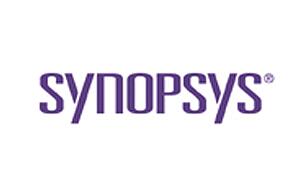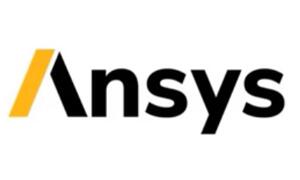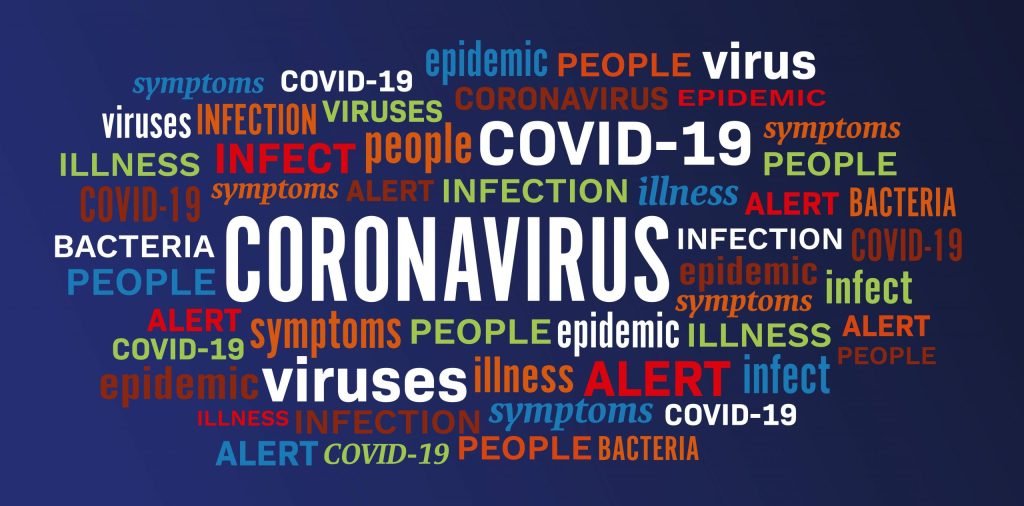美國各界關注自動駕駛車輛道路法規
美國參議院日前針對自動駕駛車輛召開了一場公聽會,與會人士敦促決策者盡速訂定全國統一的自動駕駛車輛相關道路法規。

In a U.S. Senate hearing Tuesday (March 15) titled “Hands Off: The Future of Self-Driving Cars,” members of the Senate panel and companies developing autonomous car technologies urged policy makers to develop uniform national, rather than state, rules of the road for autonomous cars.
As the race for the development of self-driving technologies heats up, Google and leading carmakers have complained that state and federal safety rules impede the testing and deployment of autonomous cars.
Patchwork of state laws
In his opening statement, U.S. Sen. John Thune (R-S.D.), chairman of the Senate Committee on Commerce, Science, and Transportation, acknowledged, “Perhaps the greatest hurdle to the deployment of these vehicles may be a regulatory environment with a patchwork of state and federal laws unable to keep pace with these evolving technologies.” The Chairman suggested, “Federal and state governments may need to rethink how they regulate and license vehicles for the future.”
Called as a witness to the panel, Chris Urmson, the head of Alphabet Inc's Google self-driving car program, warned the Committee that “an unworkable situation” would arise for self-driving cars, if every state is left to go its own way.
In his testimony, Urmson said that, in the past two years, 23 states have introduced 53 pieces of legislation that affect self-driving cars — “all of which include different approaches and concepts.” He added, “Five states have passed such legislation, and – although all were intended to assist the development of the technology in the state — none of those laws feature common definitions, licensing structures or sets of expectations for what manufacturers should be doing.”
Urmson stressed that “we were disappointed” when California in December proposed draft rules that would bar autonomous vehicles without human controls and a licensed driver.
[Get serious about automotive electronics in Automotive Functional Safety and Security Solving the ISO 26262 Puzzle at ESC Boston]
Executives from General Motors, Lyft and Delphi Automotive, also called as witnesses, agreed that uniform federal rules are needed to permit driverless cars to move forward.
Responsible oversight?
Clearly, many politicians also want to be on the right side of the debate when it comes to fostering technology innovation and economic development.
Bill Nelson (D-FLD), in his minority statement, said he supports autonomous cars for saving lives, reducing emissions and improving efficiency and productivity. He noted, “We must foster a regulatory and legal environment in which American businesses are able to develop and manufacture these vehicles.”
But he also pointed out, “We have to get the technology right so that self-driving cars live up to their full promise.” That also means, he explained, “We must exercise responsible oversight by asking the tough questions today to make sure these cars of tomorrow are safe for the public.”
Senator Nelson brought up in his opening remarks the Takata airbag crisis and the GM ignition switch recall in recent years. He said that individual components of vehicles with defects can snowball into big problems. “With autonomous cars, the stakes are even higher,” he added.
Meanwhile, Duke University robotics professor Mary Cummings, a dissenter among the panel’s witnesses, supported California's move because she said there is a lack of safety evidence and more testing is needed.
She stressed that as a professor in the field of robotics and human interaction, “I am wholehearted in support of the research and development of self-driving cars.”
Next Page: Little transparency
Little transparency
She objected based on the fact that the current status of driverless car testing consists of “superficial demonstrations,” not “evidence-based tests and evaluations, including testing human/autonomous system interactions and sensor and system vulnerabilities in environmental extremes.”
Specifically, she pointed out the lack of transparency on the part of manufacturers of self-driving cars. “There are many known knowns in self-driving cars that are not being addressed or tested (or test results published) in a principled and rigorous manner that would be expected in similar transportation settings.”
For example, she said, “The FAA has a clear certification process for aircraft software, and we would never let commercial aircraft execute automatic landings without verifiable test evidence, approved by the FAA.” In her opinion, to this end, “any certification of self-driving cars should not be possible until manufacturers provide greater transparency and disclose how they are testing their cars. Moreover, they should make such data publicly available for expert validation.”
Ride-sharing, big factor
Other notable comments on the witness panel included GM’s vice president Mike Ableson, responsible for the company’s strategy and global portfolio planning. He talked about GM’s recent acquisition of startup Cruise Automation, calling it a “milestone” in the company’s work to deploy autonomous vehicles. He also talked up GM’s deal with Lyft, a ride-hailing app company. Ableson testified, “The next logical step toward public availability of high-level automated vehicles will be controlled ride-sharing projects, such as what we are planning with Lyft.”
It remains to be seen how soon the U.S. National Highway Traffic Safety Administration (NHTSA) will be able to develop guidelines for self-driving cars. A bigger question is whether NHTSA has enough staff to stand up to the tech industry and push the safety agenda.
In January, the NHTSA said it may waive some vehicle safety rules to allow more driverless cars to operate on U.S. roads as part of a broader effort to speed up their development. Transportation Secretary Anthony Foxx promised in January NHTSA will write guidelines for self-driving cars within six months.
編譯:Judith Cheng
(參考原文: Driverless Car Hearing: Did Right Qs Get Asked?,by Junko Yoshida)







訂閱EETimes Taiwan電子報
加入我們官方帳號LINE@,最新消息一手掌握!








